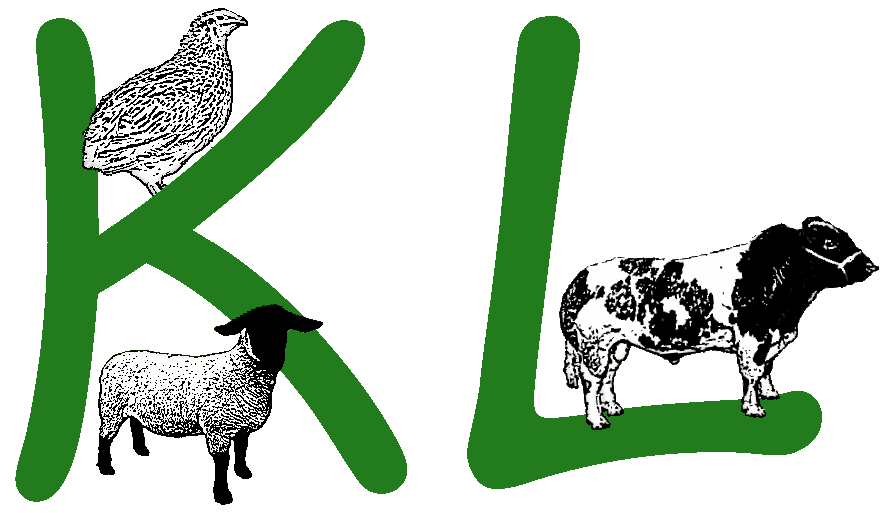
Farming term of the month
‘Combine’: comes from ‘combination harvester’, named as such because it combines the processes of cutting, threshing and cleaning the grain that were traditionally done separately and by hand.
Harvest
Harvest has been very good so far this year, a good spell of dry weather allowed us to harvest the oilseed rape, winter barley and winter wheat without having to stop much. This just leaves spring barley, which will be ready very soon. This year has been an ideal year with regard to the weather, meaning yields of all crops are very good, however on the prospects of a good UK and European harvest prices have dropped significantly compared to last year.
The combine

Laurie and I have been sharing the combine driving this year, so I have been
learning lots about how the combine works: At the front of the combine lies the header, this consists of the cutter bar which is a row of knives that run along the entire length and move from side to side very quickly to cut the crop. There is a rotating reel which helps feed the crop in to the auger which moves the crop to the center where it is taken up the straw elevator and into the combine itself. Currently the grain is still attached to the plant, so it must be threshed to separate them. The crop passes through the drum, which is a concave shape with a cylinder spinning at up to 1000rpm (see diagram). This knocks the grain out of
the ears and the grain falls through onto the sieves, the remaining straw falls onto the straw walkers which shake the straw and allow any remaining grains to be separated before the straw is either chopped or left on the ground to be baled. The grain falls onto the sieves which have a fan blowing up through them, any small, light particles known as
chaff are blown off the sieves and out the back of the combine. Grain passing through the top and bottom sieves goes into the grain tank where it is unloaded periodically into a tractor and trailer. All of the settings such as drum speed, drum-concave gap, sieve hole sizes and fan speed are electronically adjustable from the cab.
Livestock
We have been selling finished cattle, the trade is down from the heights of last year by about £150/head. Last year we sold one of our British Blue bulls, Kersey Geronimo to Cogent, a UK based genetics company. They will sell his semen for use on dairy cows via AI and he could potentially be father to thousands of calves worldwide. We have also just agreed to sell another bull, Kersey Hawk to Cogent and he has passed his blood tests and should be going to the Cogent stud soon.
